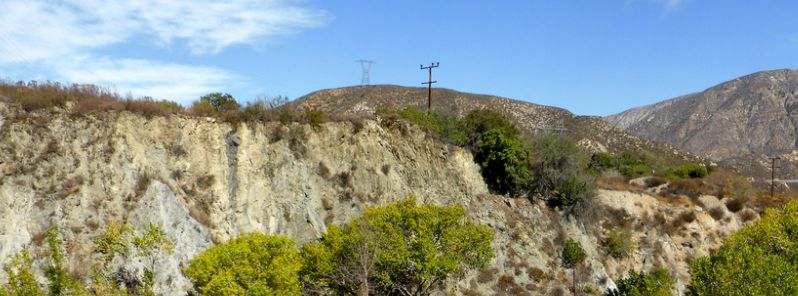Research suggests mega-earthquake could occur along the entire San Andreas fault

New research suggests a devastating mega-earthquake could occur throughout the entire San Andreas fault line in California, yielding far worse consequences than previously assumed.
The San Andreas fault, 1 300 km (800 miles) long, was not considered capable of rupturing all at once. However, a new study, performed by the researchers of estate intelligence firm CoreLogic, indicates such an event may occur, after all.
According to their analysis, the San Andreas fault could suffer a single massive M8.3 earthquake throughout its entire length, and could produce a devastating impact for 3.5 million homes in the northern and southern California with an $289 billion worth of damage.
These results have not yet been fully reviewed by the scientific community, and some scientists are not convinced in such a dramatic outcome, although several of them do think it is an option.
"Scientists weren't really sure if you could have a rupture through the creeping section of the San Andreas. Now we think it's not very probable, but it is possible," said Morgan Page, a USGS research geophysicist.
The previous modeling suggested the San Andreas fault can only rupture in isolated, mutually exclusive sections. However, the new USGS model "Uniform California Earthquake Rupture Forecast, Version 3" (UCERF3) shows the whole fault may rupture at the same time in a much bigger ground shake than previously assumed.
"This is a fault between the tiny town of San Juan Bautista at the northwest end and Parkfield at the southern end that is continually moving. It's moving and releasing energy instead of getting locked up. The rocks are of a different type there, and there is enough fluid, so they get ground down with a lot of slippage," said Ken Hudnut, a USGS science risk advisor.
Although such an event seems highly improbable to many, the new research reveals a potential risk which shouldn't be neglected, as the San Andreas fault appears to act as an interconnected fault system. Such a rare event that can occur once every 2 500 years would endanger lives of millions of people.
Featured image: San Andreas Fault, San Bernardino, California, October 25, 2014. Image credit: Michael R. Perry (Flickr-CC)

2017BS32 could heat things up… over near Los Angeles, today 02/02/2017 at 4:00 p.m.